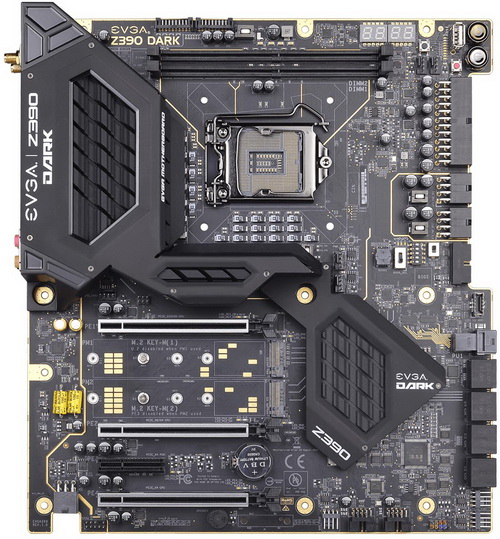INTRODUCTION

When i took my first steps in this industry roughly 13 years ago the majority of the consumer market didn't think much of mainboards/motherboards (most would just pick the lowest-cost ones and use the remaining cash for graphics cards) and that was why i really enjoyed reviewing all the latest models so i could show everyone what they were capable of. Yes mainboards/motherboards were nowhere near as advanced back then as they are today but even so there were quite a few high-end models in the market that stood out. Unfortunately after several years of testing a somewhat unjust/unfit comment by one of my contacts in that industry (i was called extremely demanding because i used to test mainboards/motherboards for long periods of time - usually up to a full month - and that meant coming across quite a few bugs in the process) was the reason i stopped, something which I’ve regretted to this day. So, with the latest Intel Z490 (socket 1200) mainboard models just around the corner i decided to start once again by testing quite a few Z390 models the first of which is the Z390 Dark by EVGA.
EVGA is the #1 NVIDIA authorized partner in channel sales throughout North America. Based on the philosophy of intelligent innovation, market knowledge, and the real time operation, EVGA continues to identify the need in the market place and providing the solution to that need. By offering product differentiation, a 90 day Step-Up program, and other customer focused programs, EVGA is a clear leader in all categories: etail, retail, distribution, and system builders. With headquarters in Brea, CA, EVGA's global coverage includes EVGA GmbH in Munich, EVGA LATAM in Miami, and EVGA Hong Kong. For further information online about EVGA, visit https://www.evga.com.
Even though the EVGA Z390 Dark (socket 1151 / E-ATX size) mainboard was released almost a year ago it's still considered as one of the best enthusiast-grade models in the market, largely due to its high overclocking potential achieved by the 17-phase VRM placed on a 10-layer PCB and the second to none direct support by EVGA (3-year limited warranty). To achieve this high overclocking potential however the Z390 Dark features only two DIMM slots (dual-channel configuration) which can accommodate up to 32GB of DDR4 RAM at speeds surpassing 4600MHZ. Primary features also include two large aluminum heatsinks, three full-length EMI shielded (and reinforced) PCIe 3.0 slots (x16/8/4), single PCIe 3.0 x4 slot, two M.2 PCIe slots (up to 110mm long SSDs - share bandwidth with the U.2 port and the PCIe 3.0 x4 slot), six native Intel SATA 6Gb/s ports (support RAID 0/1/5/10), two ASMedia SATA 6.0Gb/s ports, single U.2 NVMe port, right angled power connectors and several innovative tricks like the PCIe disable switches (allow the end user to disable PCIe slots for troubleshooting), slow-mode switch (can be used to change the CPU ratio on-the-fly to minimum), safeboot button (boots directly into the BIOS without changing your settings - handy if your system will not boot with those settings) and the triple-bios selection switch. That's far from it however so the Z390 Dark also sports a mini DisplayPort output, four USB 2.0 ports (internal headers), four Intel USB 3.1 Gen2 (10Gb/s) and two USB 3.1 Gen1 Type-A ports, two ASMedia (3142 chipset) USB 3.1 Gen2 Type-A and Type-C ports, two Intel Gigabit LAN ports (i219-V/1210-AT 1000Base-T), Intel Wireless-AC 9560 (2x2 antenna based 802.11ac with speeds up to 1.73Gb/s and Bluetooth v5.0), NU Audio amplifier (for stereo speakers and headphones/headsets) and the Creative Sound Blaster Recon3D (CA0132 quad-core audio processor) 5.1 channel audio card. The list of features and specifications is long (slightly longer than what we've included here) so let's move forward with today's review and check the Z390 Dark out thoroughly.

 O-Sense
O-Sense







.png)

